Boyd Webb
Images from the Cusp
6 June - 12 July 2014
Deliberately dislocating and enigmatic, Boyd Webb’s photographs question the nature of reality. Earlier work, with their choreographed studio scenes, consisting of actors and props, became increasingly fantastic – opened a portal to a surreal version of the real world, with ecological subtexts. His staged tableaux – balloons stuffed with nails, lengths of carpet twisted to form seas, an old futon folded and photographed to resemble flesh – fabricated reality by exploiting the capacity of photography for duplicity.
In later work Webb has become less theatrical, less elaborate in his techniques and devices. Colour photography has remained his preferred medium for its ability to give his images plausibility, retaining the inherent honesty and authenticity of the photographic medium, while revealing the contrivances underlying their creation.
Paradoxically, Webb’s images in From the Cusp are straight or un-manipulated. Resplendent, colourful, with a heightened palette, the photography mimics the reality of the digital world. Familiar found material made seductive and alluring – glittering metallic fish lures, a fabricated knot of eels, painted porcelain dolls heads and bodies, a faux capon – have lost their usual properties and function. With his characteristic mordant humour, Webb has imbued the artificial character of these images, without the substance or qualities of the original, a monumentality and presence, which carry implicit associations of sexuality, impotence and decay. The faux French capon, a rooster castrated before it reaches sexual maturity, has no beak, in one image the fish lure no tail, in another the hook is severed from the mouth. The dolls mirror or simulate the potency of sacred artifacts or fetish voodoo figures from other cultures.
The artist exploits and provides an unsettling tension where artifice and the rudimentary wrestle with illusion and reality. He mines a very human desire for simulacra – replicas or copies that depict things that either have no reality to begin with, or that no longer have an original – resemblance is merely a surface effect, an illusion. Webb’s work is a critique of our inability to recognize the real, the true and the false, an original or a reproduction in what Jean Paul Sartre would have called the de-realisation of the world of everyday reality. These images speak eloquently of man’s uneasy relationship with himself and the natural world.
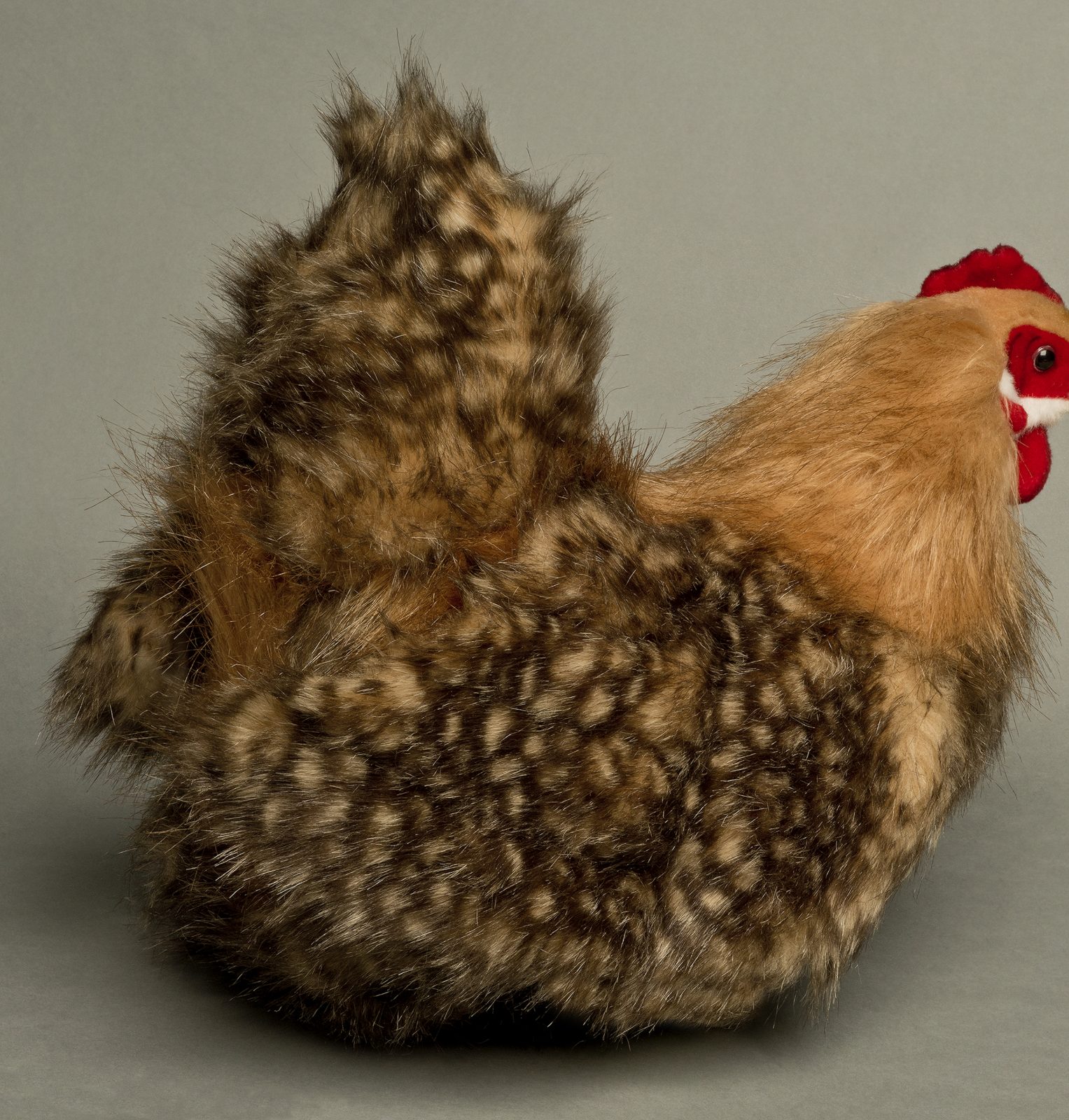
Giclée print on Innova FibaPrint Semi-Matte
1070 x 1040 mm
edition of 5
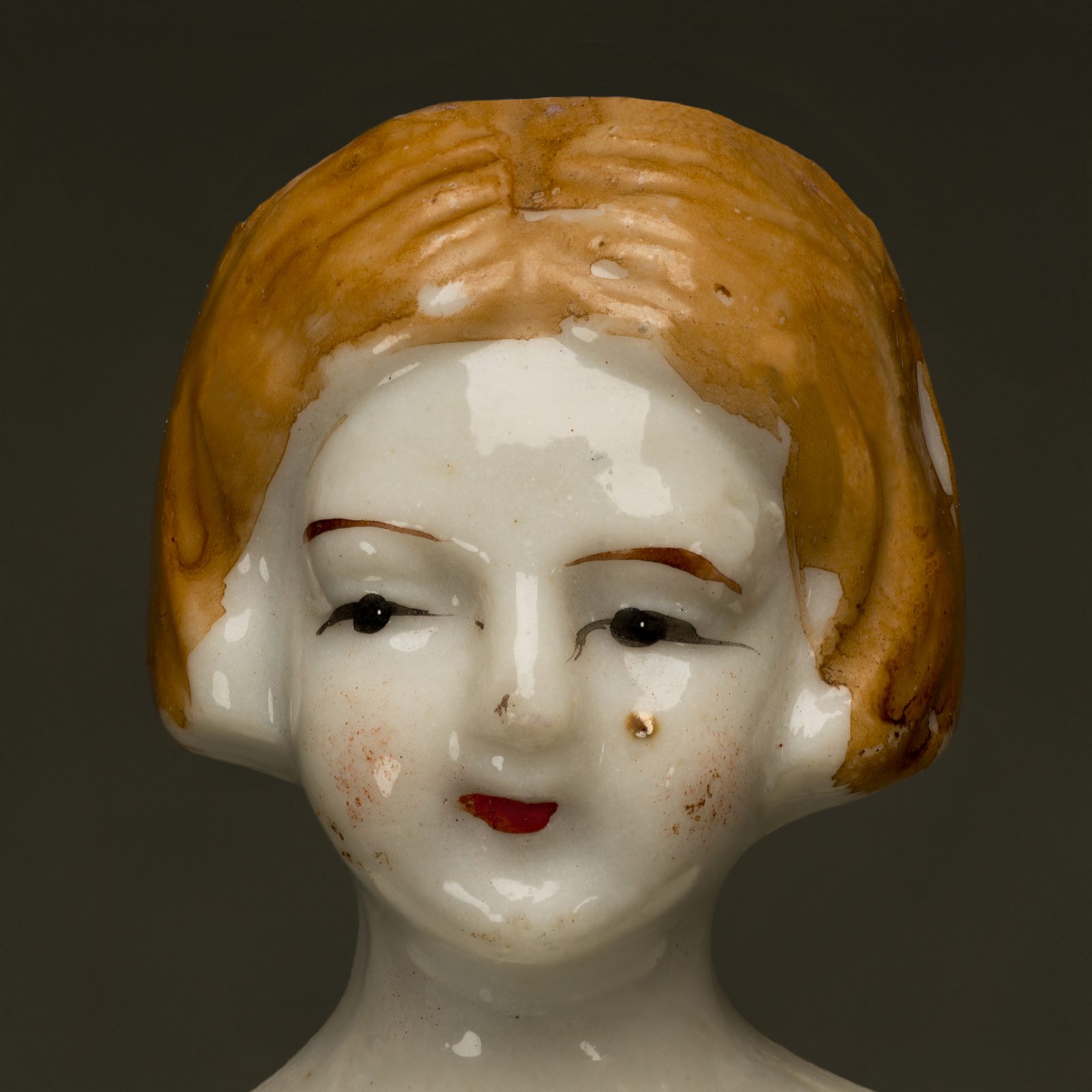
Giclée print on Innova FibaPrint Semi-Matte
970 x 970 mm
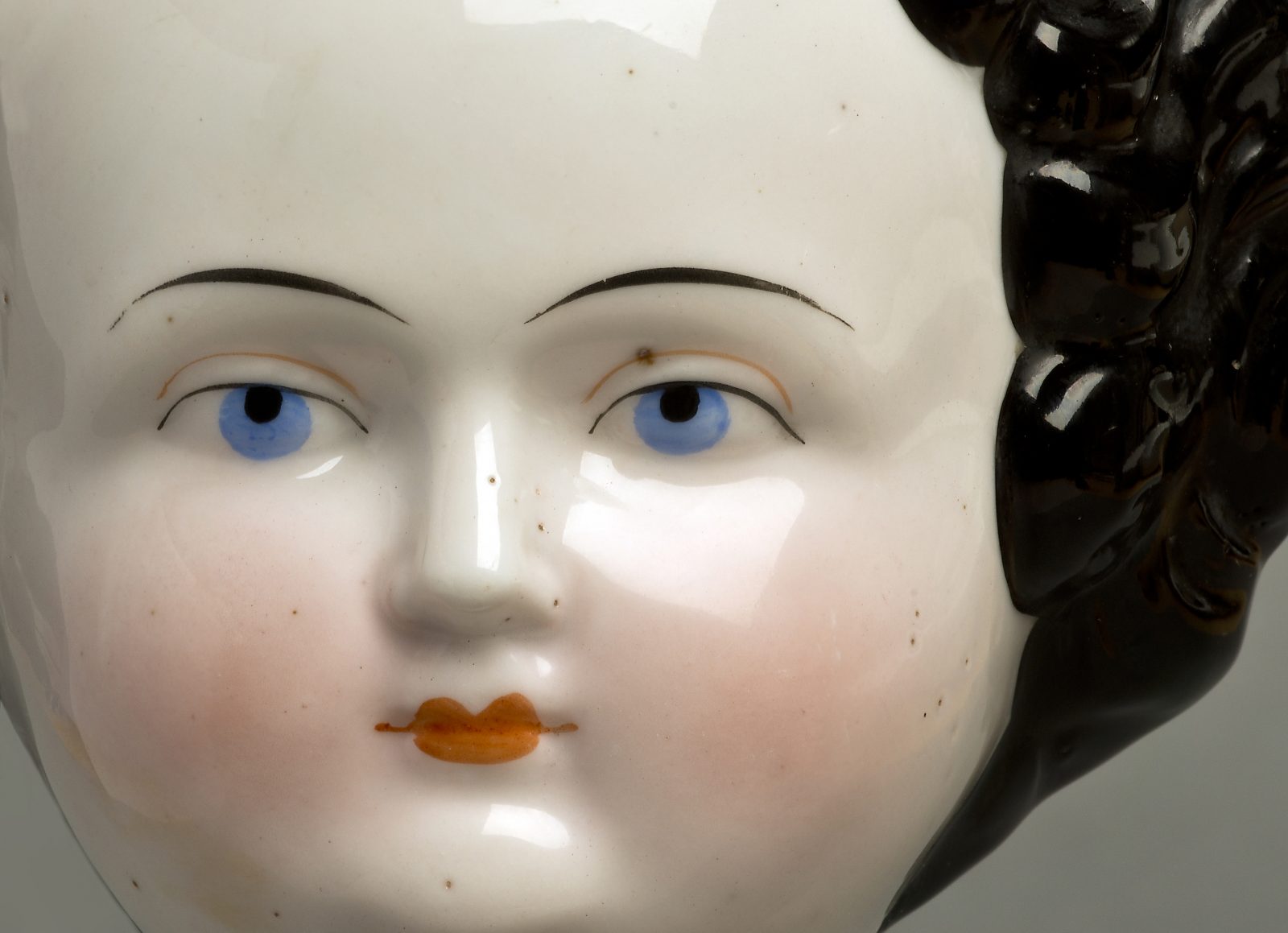
Giclée print on Innova FibaPrint Semi-Matte
770 x 950 mm
edition of 5
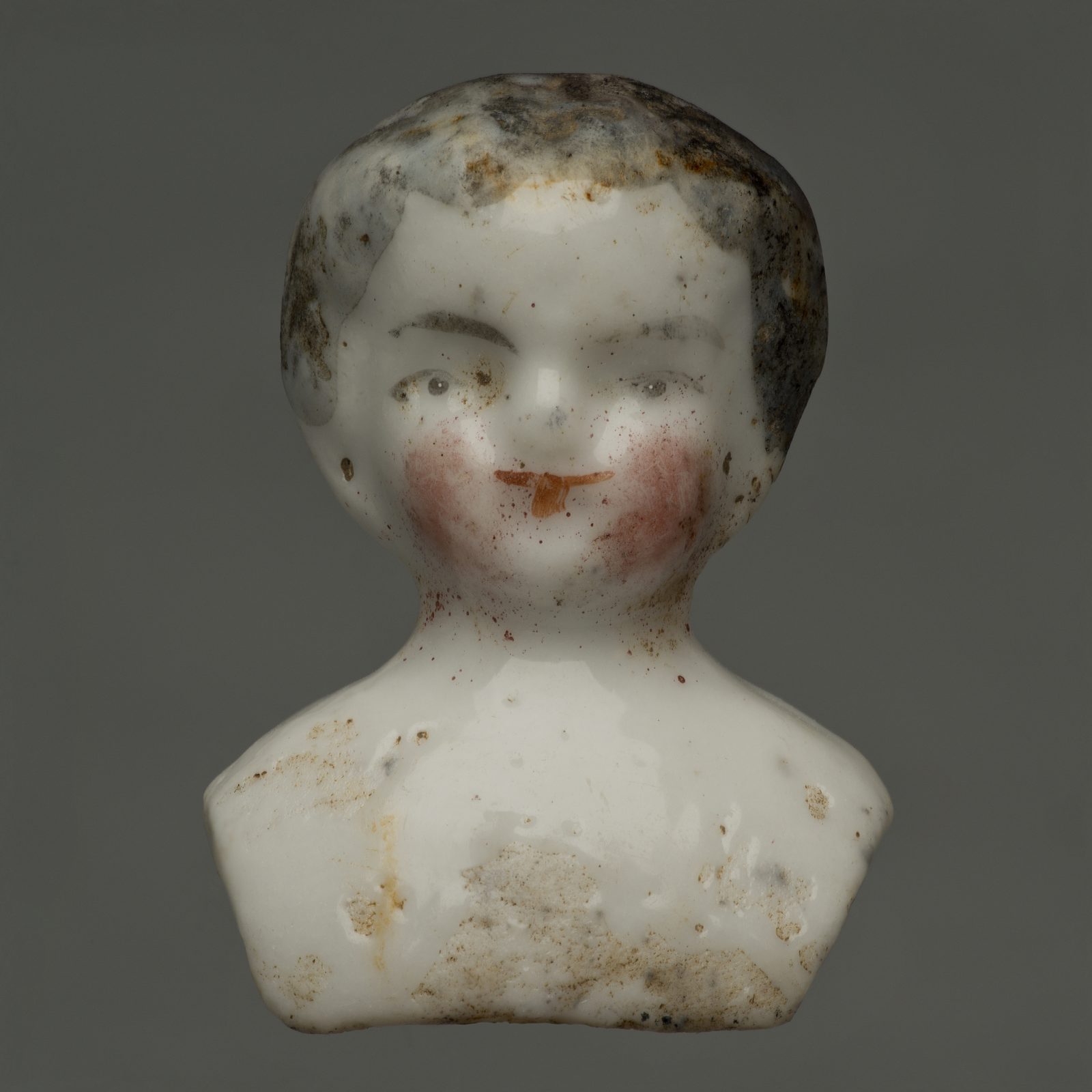
Giclée print on Innova FibaPrint Semi-Matte
970 x 970 mm
edition of 5
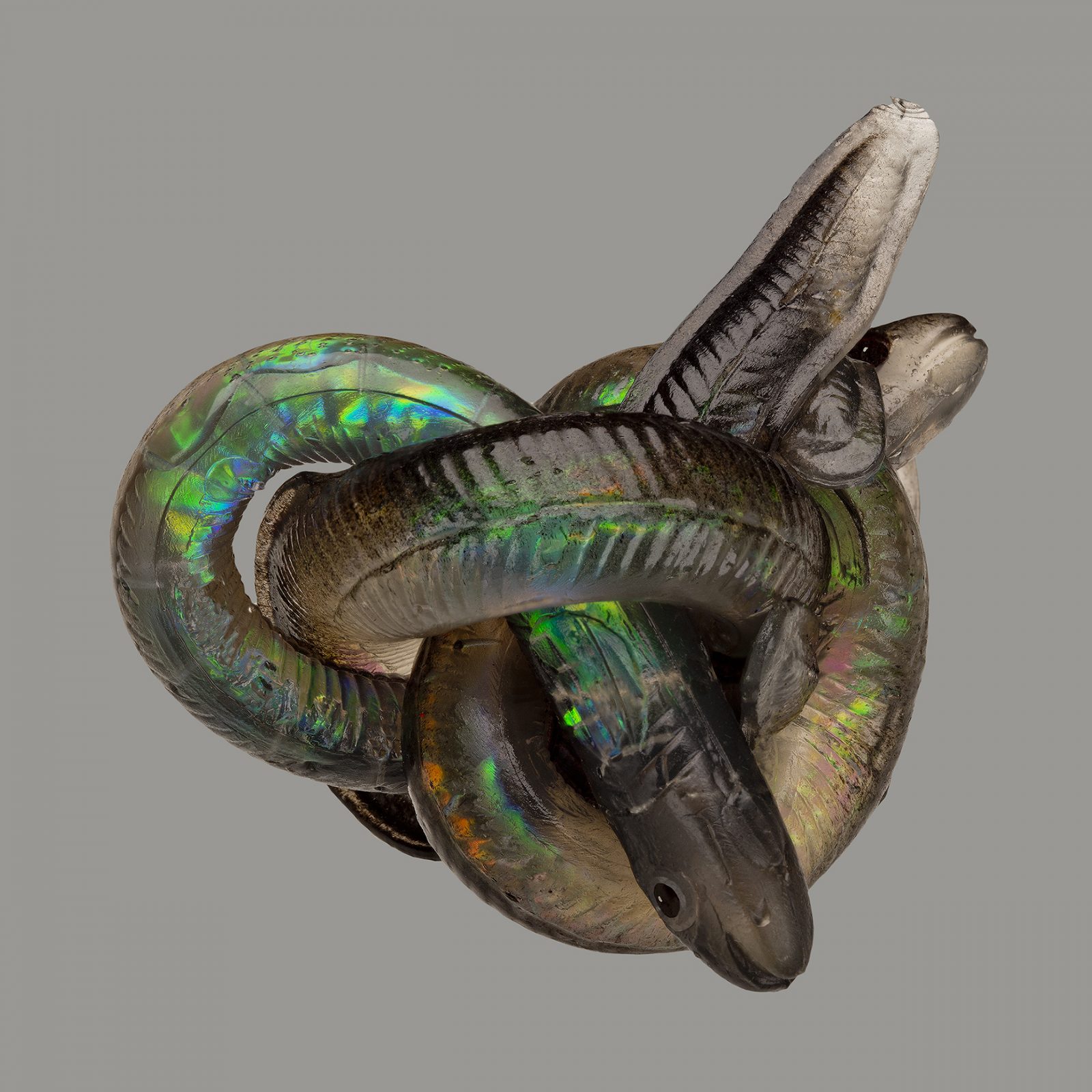
Giclée print on Innova FibaPrint Semi-Matte
970 x 970 mm
edition of 5
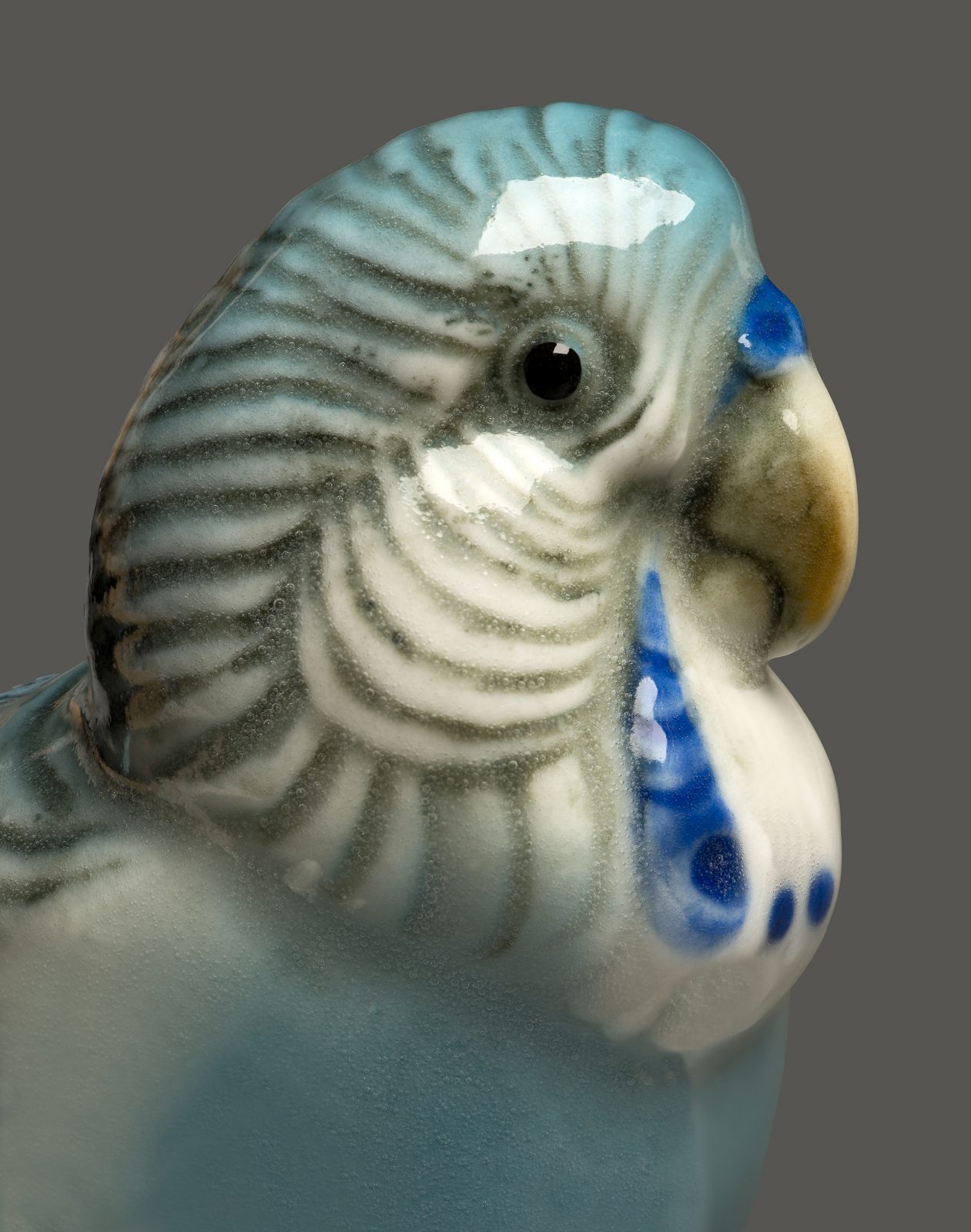
Giclée print on Innova FibaPrint Semi-Matte
920 x 970 mm
edition of 5
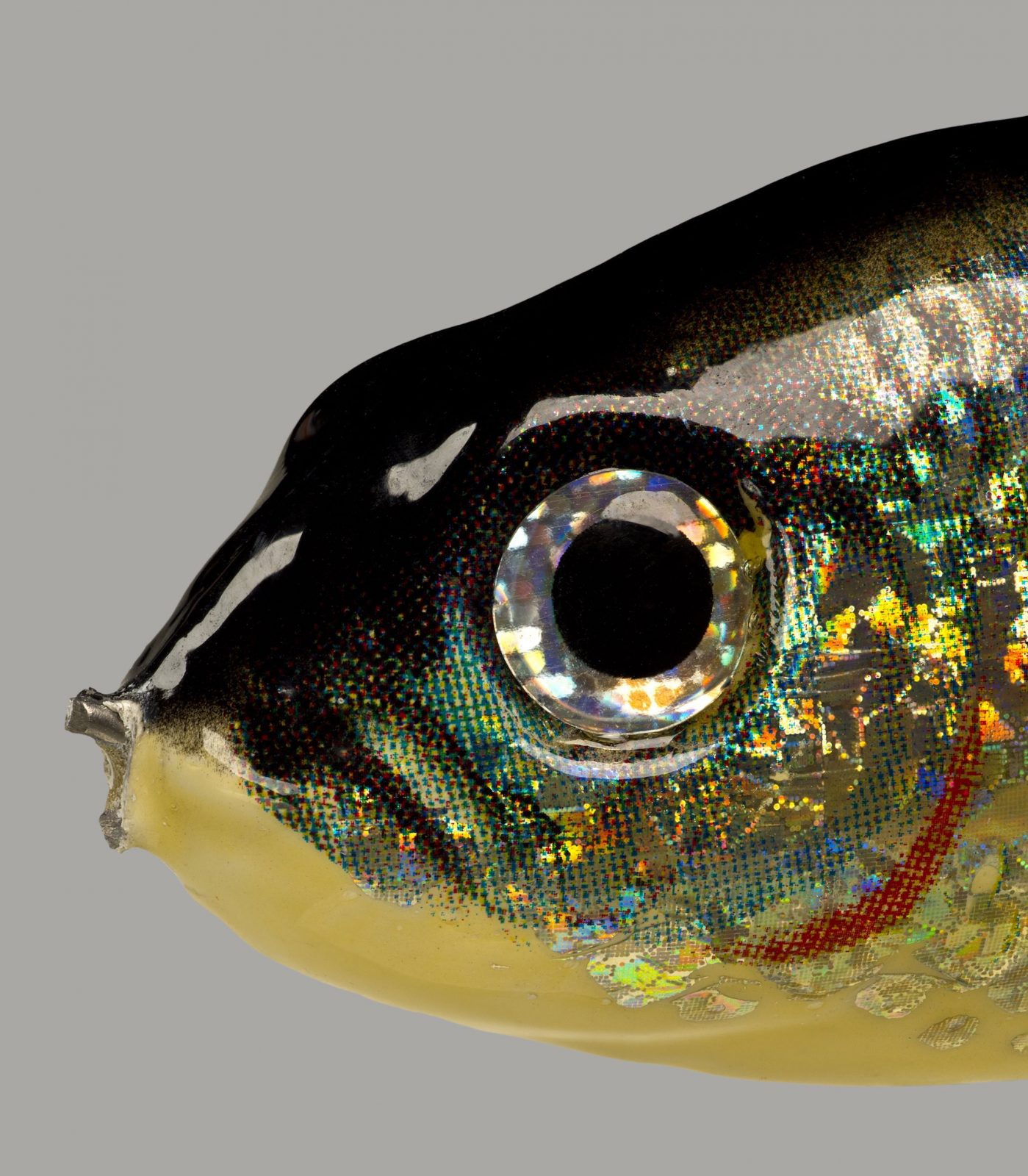
Giclée print on Innova FibaPrint Semi-Matte
1020 x 920 mm
edition of 5
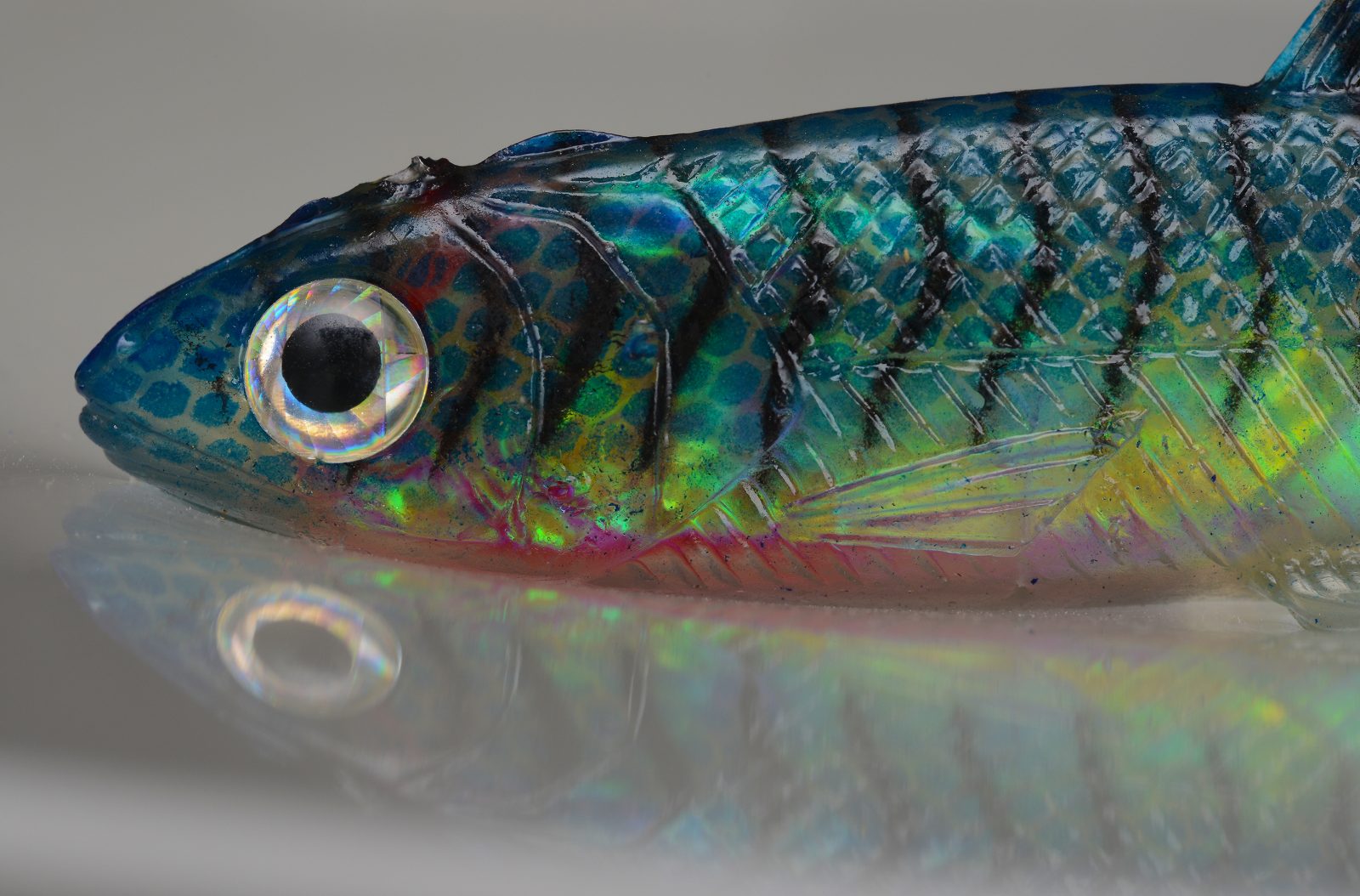
Giclée print on Innova FibaPrint Semi-Matte
1070 x 1435 mm
edition of 4
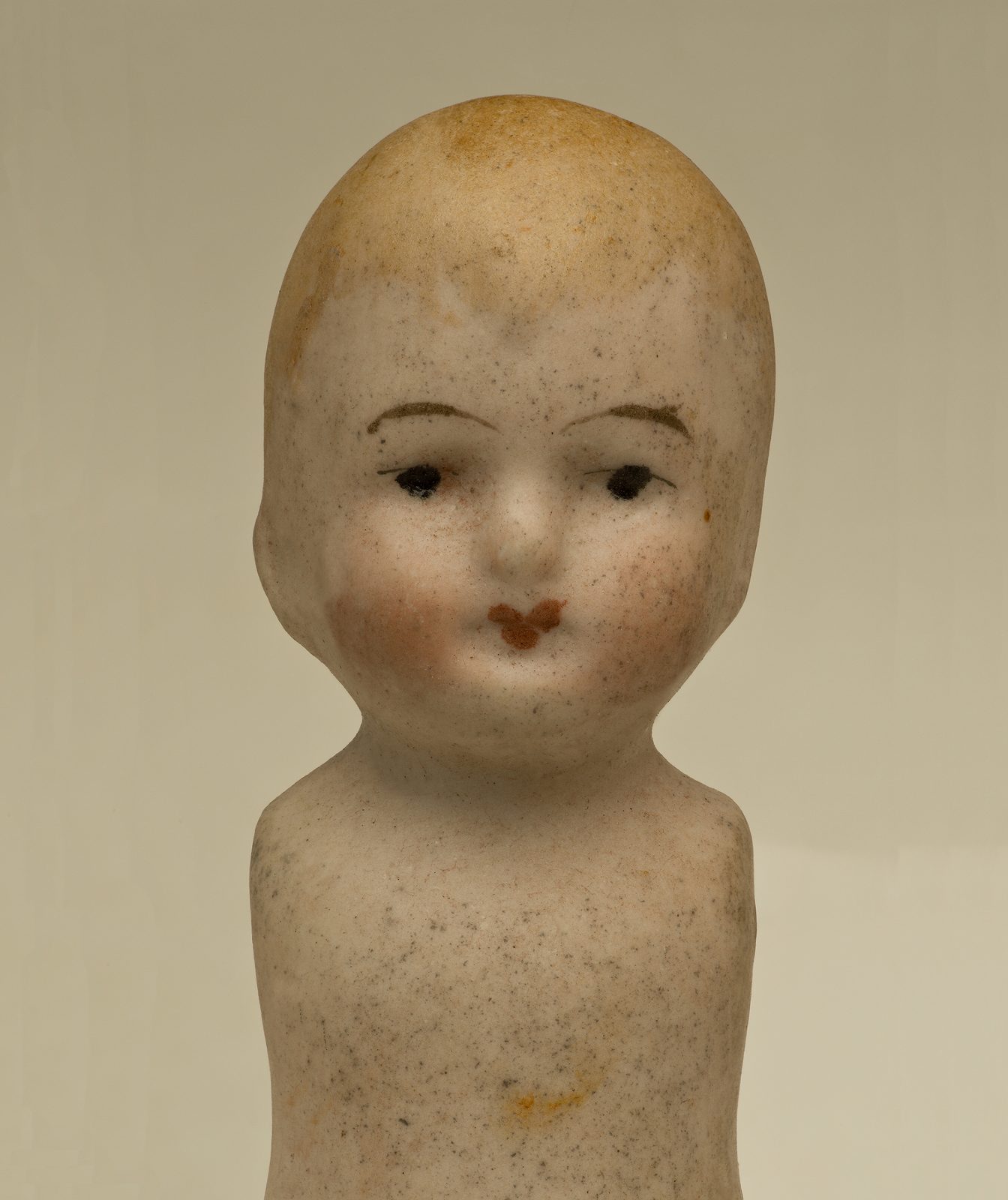
Giclée print on Innova FibaPrint Semi-Matte
1250 x 1100 mm
edition of 5